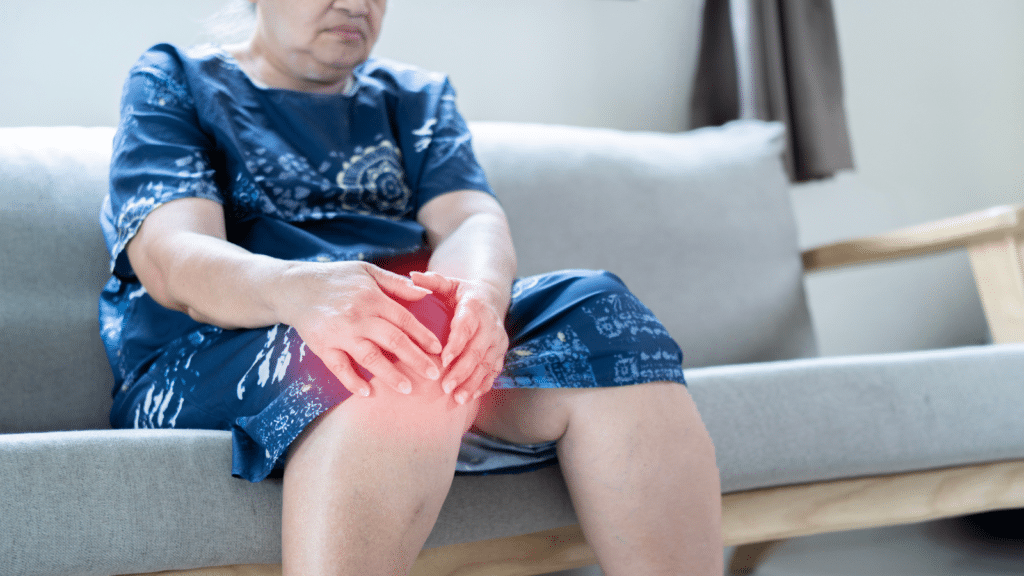Arthritis can make even the simplest daily activities feel like a challenge. Joint stiffness, swelling, and discomfort often limit movement and reduce quality of life. While medication and lifestyle adjustments play a role in pain management, targeted exercises can help improve mobility, strengthen muscles, and reduce stress on the joints.

How Movement Helps Arthritis
Staying active may seem counterintuitive when joints ache, but movement helps keep them flexible and supports overall joint health. Strengthening the muscles around affected joints provides better support, reducing strain and discomfort. Low-impact exercises can also increase circulation, bringing vital nutrients to cartilage and tissues.
Physical therapy focuses on personalized movement strategies that improve joint function without causing unnecessary stress. A structured exercise plan can be a game changer, offering relief while preventing further joint deterioration.
Reference: merriam-webster.com/dictionary/counterintuitive
Best Exercises for Managing Arthritis Pain
Every arthritis case is different, so the right exercise routine depends on symptoms and mobility levels. A physical therapist can create a custom plan specific to the client’s needs, but the following movements are commonly recommended:
1. Range-of-Motion Exercises
Gentle stretching helps maintain flexibility and reduces stiffness. Movements such as shoulder rolls, wrist bends, and ankle circles encourage a full range of motion without overloading the joints.
2. Strength Training
Stronger muscles provide better joint support. Bodyweight exercises, resistance bands, or light weights can help build strength without excessive strain. Squats, leg lifts, and arm curls are often included in arthritis-friendly strength programs.
3. Low-Impact Cardio
Aerobic activity improves circulation, supports heart health, and helps manage weight, an important factor in reducing joint stress. Walking, cycling, swimming, and water aerobics offer excellent options for maintaining cardiovascular fitness while protecting the joints.
4. Balance and Stability Training
Joint instability increases the risk of falls and further injuries. Balance-focused exercises, such as standing on one leg, heel-to-toe walking, or using stability balls, help improve coordination and strengthen stabilizing muscles.
How Physical Therapy Supports Arthritis Management
A well-designed physical therapy program offers more than just exercise recommendations. Treatment often includes:
- Manual Therapy: Hands-on techniques help improve joint mobility, relieve pain, and reduce stiffness.
- Personalized Movement Plans: A therapist assesses mobility limitations and creates a plan that fits individual needs.
- Pain Management Strategies: Ice, heat therapy, and other modalities can be incorporated to ease discomfort.
- Education and Lifestyle Modifications: Guidance on posture, movement patterns, and ergonomic adjustments helps protect joints in everyday activities.
Get Professional Support for Arthritis Pain
Managing arthritis pain requires consistency, but the right approach can make a significant difference in mobility and comfort. A physical therapist can guide the process, ensuring exercises are safe and effective. Schedule an appointment to take the next step toward better mobility and pain relief.
